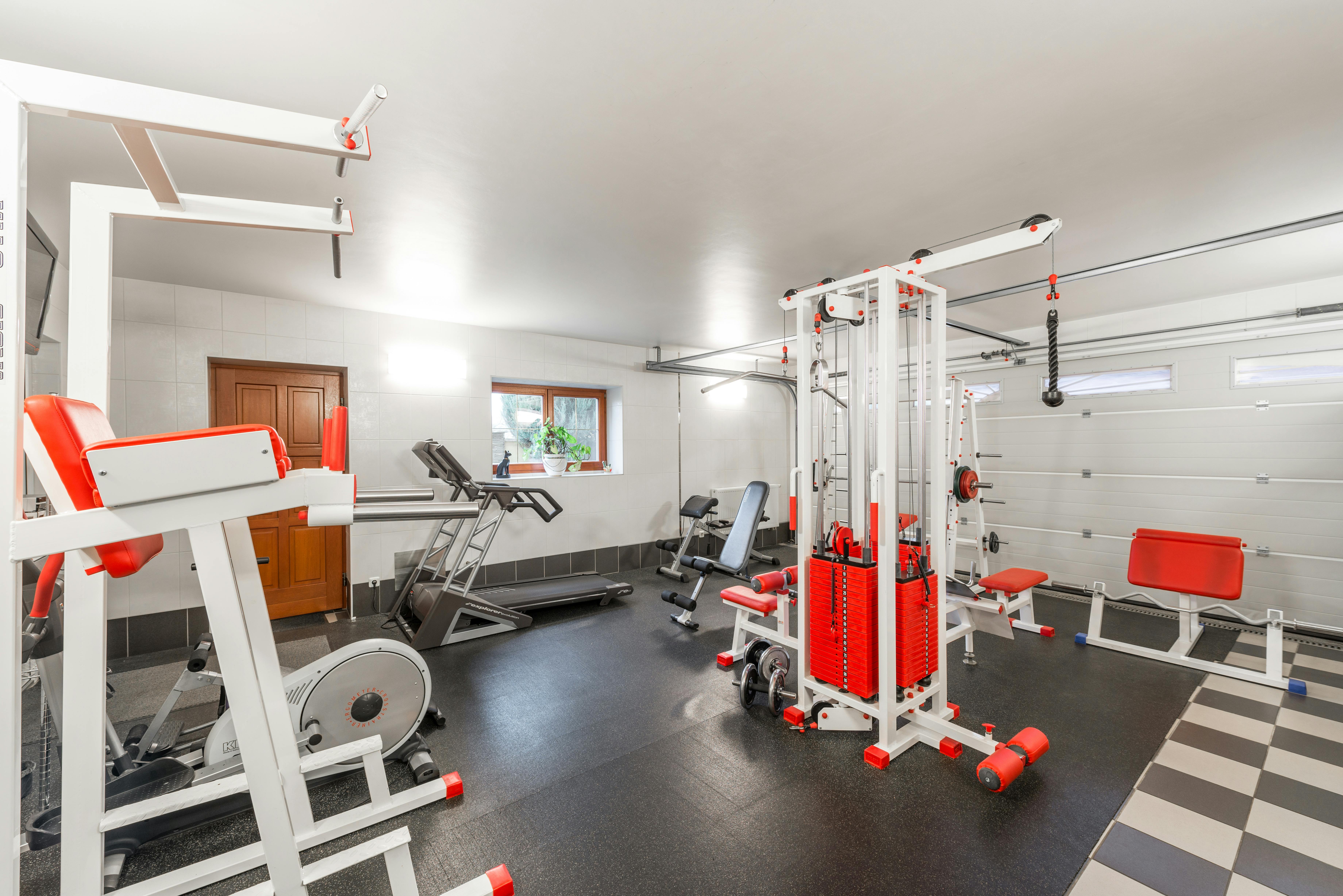
Introduction: The Importance of a Dry Basement in Home Improvement
Having a dry basement is crucial for home improvement and maintaining the overall structural integrity of your property. A moisture-laden basement can lead to an array of problems from mold growth to damaged property, and even structural problems. Understanding the importance of keeping your basement dry is the first step on the journey of maintaining your home's health.
Identifying the Source of the Moisture
A damp basement can be caused by various factors: it could be seeping groundwater, condensation from appliances, or rainwater infiltration. It's essential to know where the water is coming from in order to take appropriate action against it. Basement moisture is not simply an inconvenience; it represents a threat to your home's structural integrity, your belongings, and your family's health. The struggle to keep the basement dry begins with acknowledging the seriousness of the problem and identifying the source of the moisture.
Foolproof Solutions to Keep Your Basement Dry
A dry basement isn't a luxury; it's a necessity for a safe and healthy house. Fortunately, numerous foolproof and reliable solutions can effectively keep your basement dry:
1. Proper Drainage: Ensuring that the water has somewhere to go is an effective way of managing dampness. Install a drainage system to capture wall seepage and groundwater before they cause problems. Drainage methods may vary from interior channel drains to foundation drains, all working towards the same goal - a dry basement.
2. Waterproofing: Waterproofing your basement is a comprehensive and foolproof solution to keep it dry. It includes both interior and exterior waterproofing techniques. While not a DIY solution, professional waterproofing is a long-term investment towards a dry, safe, and usable basement.
3. Proper Ventilation: Sometimes, the source of dampness might just be condensation. In these cases, proper ventilation can dramatically reduce humidity levels. This may involve using dehumidifiers or installing a properly designed ventilation system.
4. Landscaping: Another critical aspect of maintaining a dry basement lies in managing the external factors that contribute to the moisture. Make sure that the ground around your house slopes away from it, which helps to direct rainwater away from the foundation. Additionally, ensure your gutters and downspouts are clear and direct water sufficiently away from your house.
Maintenance: An Ongoing Commitment
While implementing the above solutions can go a long way towards creating a dry basement environment, maintaining that condition requires an ongoing commitment. Regular checks and timely repairs are key. Always be on the lookout for signs of potential problems such as damp spots, flaking paint, or musty smells. Regularly check your drainage and waterproofing systems for efficiency, and ensure your ventilation system remains in optimal working condition.
In conclusion, keeping your basement dry is a key aspect of home improvement that ensures your property remains in optimal condition. Through a combination of careful monitoring, maintenance, and employing appropriate solutions like proper drainage, waterproofing, ventilation, and strategic landscaping, you can ensure a dry and safe basement for years to come. Know that creating a drying environment in your basement is not a one-time task. It involves continuous inspections, immediate repairs, and unfailing commitment to keep your home safe, healthy, and damage-free.